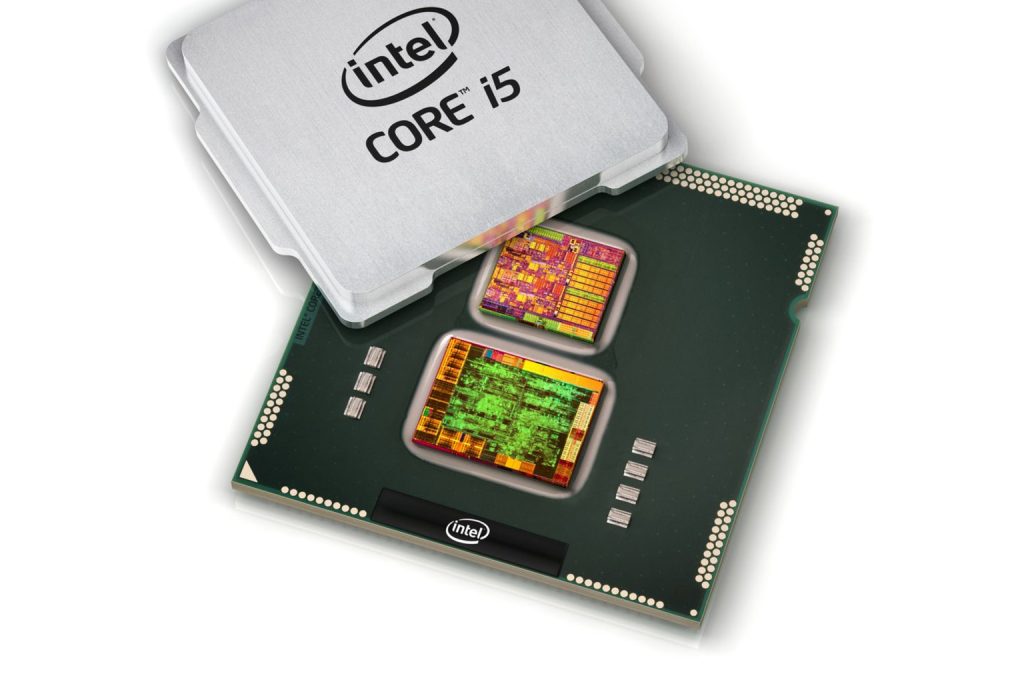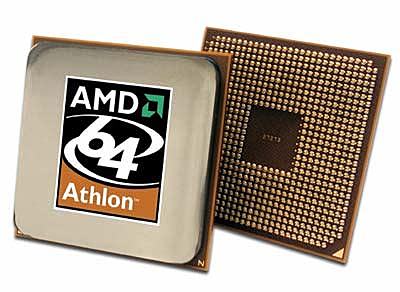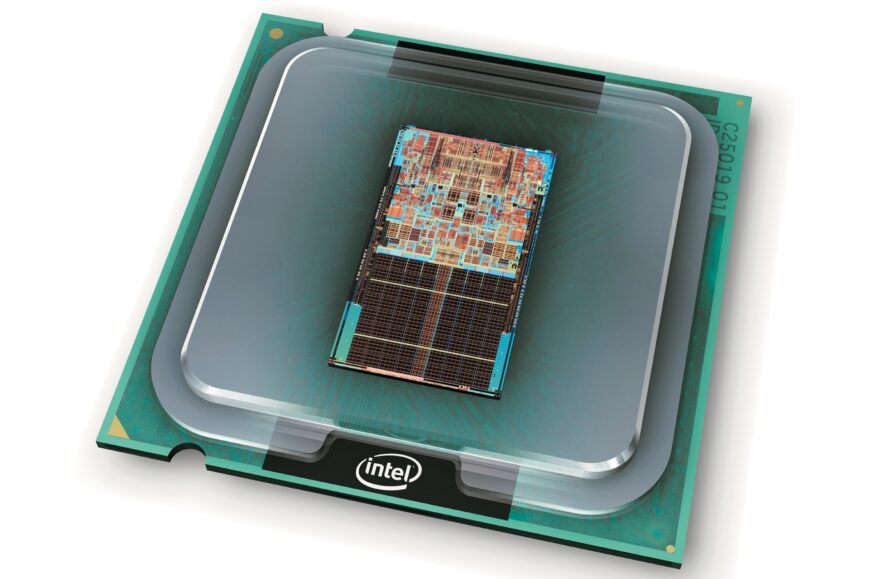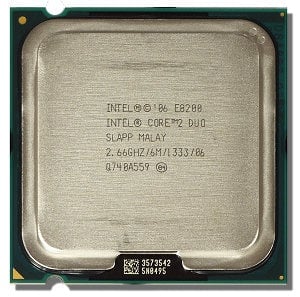Windows 11 will start requiring the POPCNT instruction, which is absent in older CPUs
Windows 11 came out with fairly strict hardware requirements, causing worries with mandatory TPM2 for a while, for example. It also officially supports only a very limited list of new processors, with the vague threat that future updates may not work on older ones. Now Microsoft has quietly tightened the screws. Fortunately, it is not going to enforce this whitelist, but the system will stop working on a number of older processors.
Despite those harsh official requirements, until now it was still possible to get Windows 11 on virtually all computers capable of running Windows 10, although it may require tricks during installation, such as modifying the installation media (the Rufus utility, often used to create the media, can do this for you, so it’s nothing difficult). But now Microsoft is preparing an update to Windows 11 called 24H2 (it’s the version that brings various AI features and at one time was believed to be Windows 12), and this update bumps up the CPU requirements.
New requirement starting with version 24H2
As pointed out by Bob Pony on Twitter, Windows 11 24H2 is not working on processors that lack one specific instruction – POPCNT (an operation that counts how many bits are set to “1” in the input binary value) from Insider build 25905 on. And in this case, it actually means that the system really doesn’t work without it.
Read more: Windows 11 hardware requirements: the biggest problem are CPUs
Windows 11 is not able to boot without the instruction being available starting from this version, because it is built with the assumption it is present and the binary uses it without fallback codepaths. POPCNT is used by various system components, including USB drivers as well as the kernel itself. It probably won’t be trivial to somehow patch the instruction out of all of them to make them work without it, not to mention the fact that the binaries’ digital signatures won’t match after that.
The reason why Microsoft suddenly started expecting the CPU to have a POPCNT instruction is probably because it will simplify the code. Possibly some libraries that are newly integrated into the system rely on this instruction, and there wasn’t motivation any more to spend time modifying the code to only use POPCNT conditionally . The assumption that POPCNT is always available may well have allowed the number of different codepaths present in the binaries to be reduced, which would lead to savings in the RAM and storage footprint of Windows. So this is not necessarily some needless arbitrary move devised just to mess with users.
Core 2 Duo and Quad get the cut, Phenom lives on
The good news is that POPCNT is supported even on relatively old processors. So the situation that Microsoft could block Windows 11 from working outside of those explicitly supported processors newer than 2017–2018 is not happening. It seems that only architectures that are currently older than 15 years will be affected, although such CPUs can probably still be in use in places.
POPCNT is bad news especially for Intel users. POPCNT is missing in the once very popular Core 2 Duo and Quad processors, in all their versions (besides all Intel processors before Core 2). For example, the Core 2 Quad Q6600, which was considered a particularly futureproof/long-lasting CPU by many people, as well as all its higher-clocked siblings, are going to be finished, when it comes to Windows 11. This is probably the most serious impact of this code change. Celeron and Pentium SKUs derived from Core 2 won’t work anymore either, naturally.
Furthermore, all classic Atom processors based on the original in-order architecture do not have POPCNT. They also have vastly insufficient raw performance by now, although someone may still be tempted by their low power consumption. Cheap netbooks with these processors typically have too little RAM though making them unlikely to be used with Windows 11, so this won’t be as much of a loss as the Core 2 Duo and Quad support, which users probably still run on comfortably. Now they will be forced to stay on Windows 10, which is slowly nearing its end of support (but once that comes, such hardware can still be used with Linux, of course).
Intel’s oldest processors that support POPCNT and will continue to run Windows 11 from version 24H2 onwards are the ones using the Nehalem microarchitecture, i.e. the first generation Core i7/i5/i3 processors (anything with this marking and derivative Celeron and Pentium SKUs are fine). Subsequent classics like the Sandy Bridge, Ivy Bridge generations and everything after will work. The first Nehalem processors date to the fall of 2008, so they are actually over 15 years old.

Low-power Atom, Celeron and Pentium processors based on the little core architectures have supported the POPCNT instruction since the Bay Trail SoCs with the Silvermont architecture – that is, ever since the lineage moved on to modern out-of-order architecture. These processors launched in 2013, 11 years ago.
For AMD, the K8 architecture will no longer work
AMD processors have aged a little better in this case. Processors with the K8 architecture, i.e. Athlon 64 / Turion 64 processors and the X2 dual-core SKUs and Sempron SKUs derived from them, will stop working. But all processors that are based on the K10 architecture from 2007 (65nm Phenom CPUs as well as 45nm Phenom II ones, and derivative Athlon / Athlon II CPUs and also the 2011 Llano APUs) already provide POPCNT. This is despite K10 usually being worse off than Core 2 in supporting newer instruction set extensions, so it is ironical that the CPUs will end up being more future-proof with regard to Windows support.

Later FX processors and APUs based on the Bulldozer/Piledriver/Steamroller/Excavator family of cores also all support POPCNT. It is, of course, also present in all cores of the modern Zen line. And the small Bobcat (2011) and Jaguar (2013) cores also all have this instruction, so even on computers with these low-power chips, Windows 11 should still work (even though none of them are on the list of officially supported CPUs).
Updated (15.2. 2024):
Microsoft has already had a similar episode once. Sometime around 2018, updates to Windows 7 came out that silently required the SSE2 instruction extension and would break computers without those instructions. SSE2 are instructions introduced in Pentium 4 (2000) and Athlon 64/Opteron (2003). Until then, Windows 7 ran on much older processors, including the i586 architecture (you could experimentally get it to work on a Pentium or AMD K6 CPU).
Back then, the impact wasn’t really huge, because by that time the last SSE2-lacking CPUs, namely Athlon XP CPUs (Pentium III was probably totally irrelevant by that time) were a much more outdated platform. Following their era, there was fast-pace progress in performance, RAM capacities, the establishing of multicore CPUs, and virtually all such computers with single-core Athlon XP CPUs were replaced by 2017 to 2018 (they probably mostly stayed on Windows XP and were not upgraded to Windows 7).
Today the situation is a bit different and it’s quite realistic that some users will be affected, because Core 2 still remains a relatively usable platform(despite its single-threaded performance being quite low by today’s standards) for casual PC activities as long as the PC’s storage was upgraded to an SSD. But it’s likely these PCs mostly run Windows 10. If you’re running some Core 2 Duo or Core 2 Quad PC with Windows 11, feel free to brag in the comments.
Source: Bob Pony, Windows Central
English translation and edit by Jozef Dudáš
⠀












